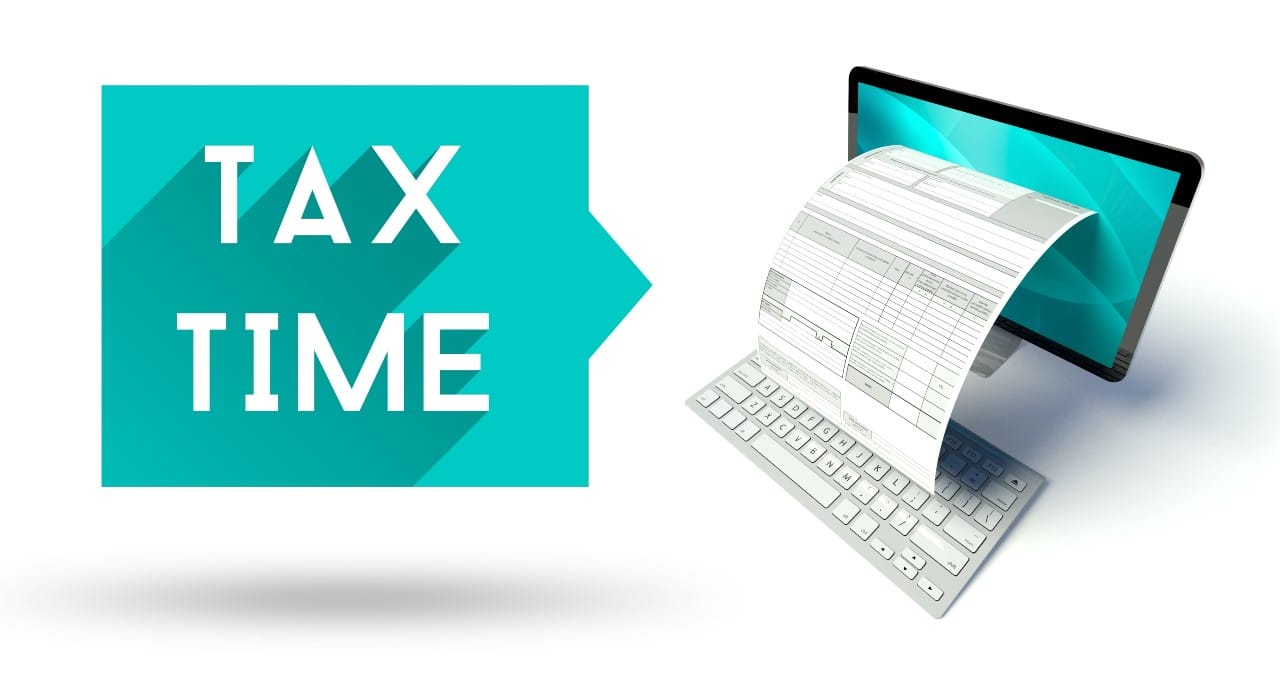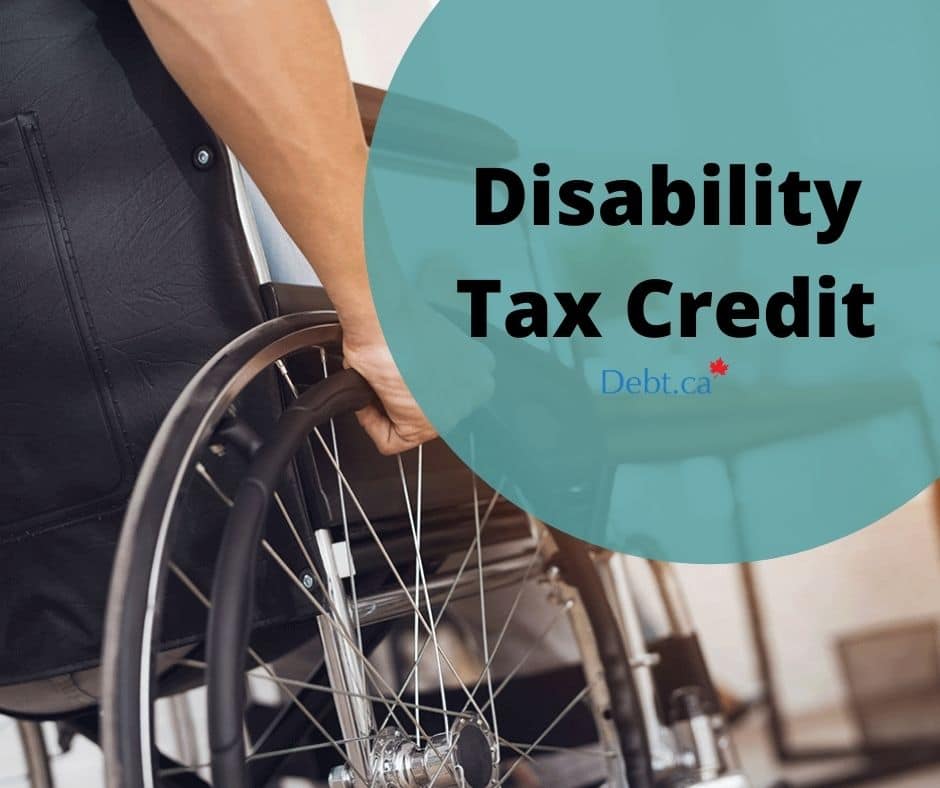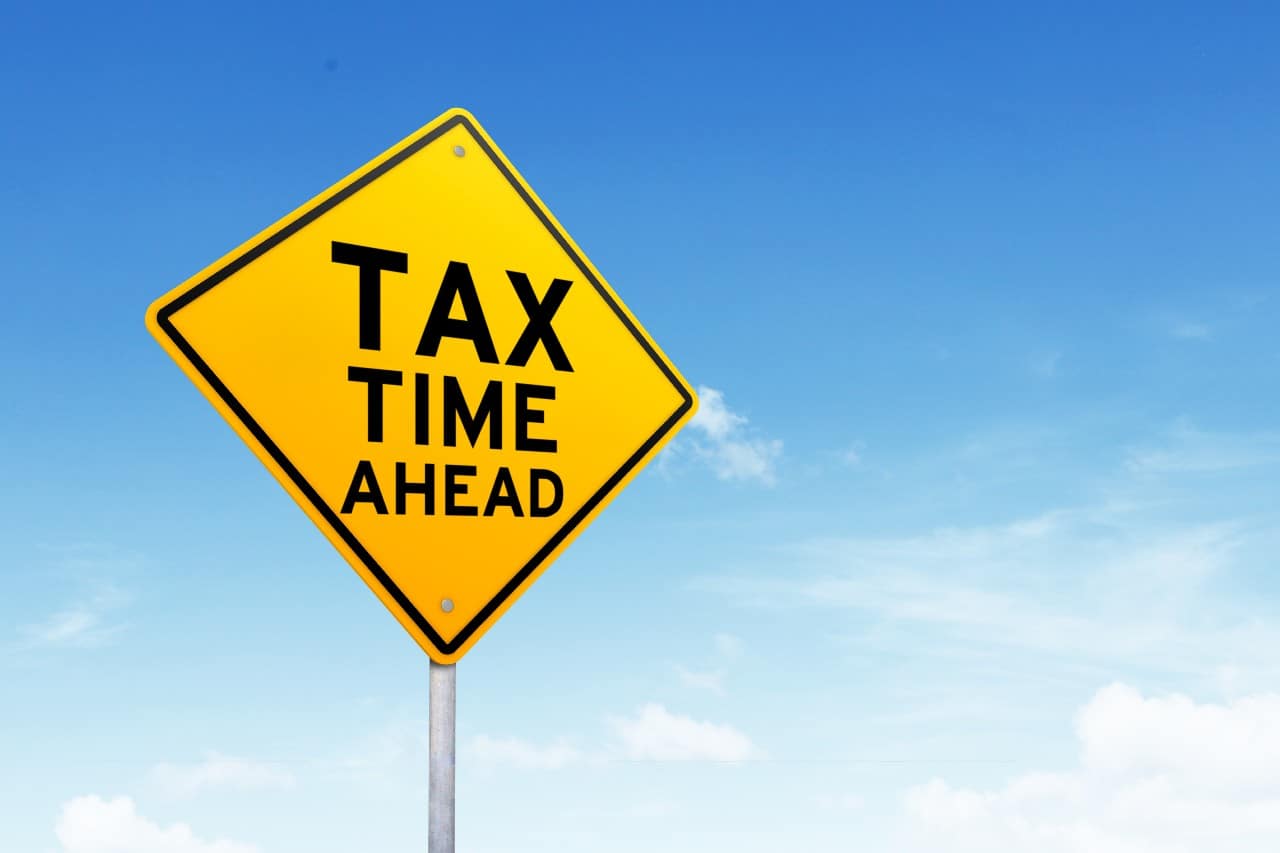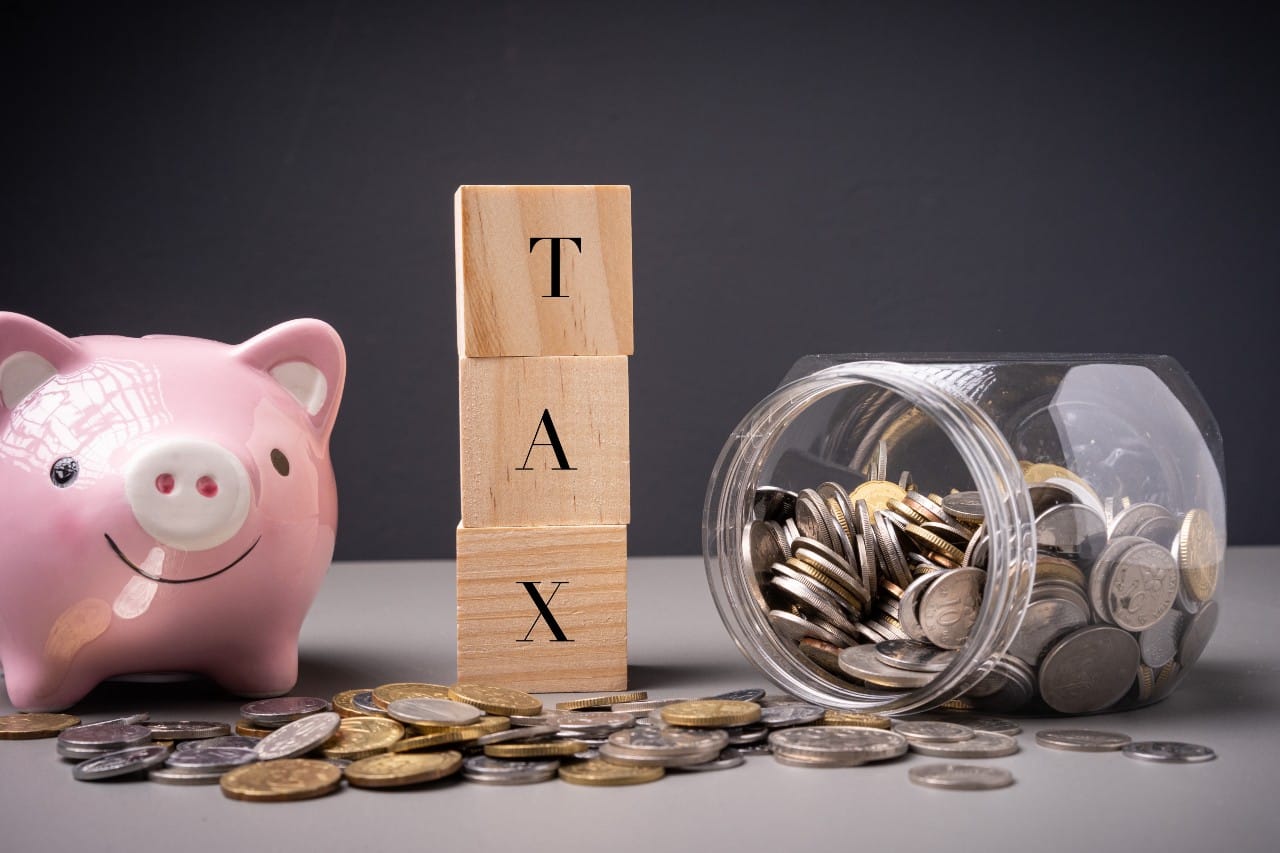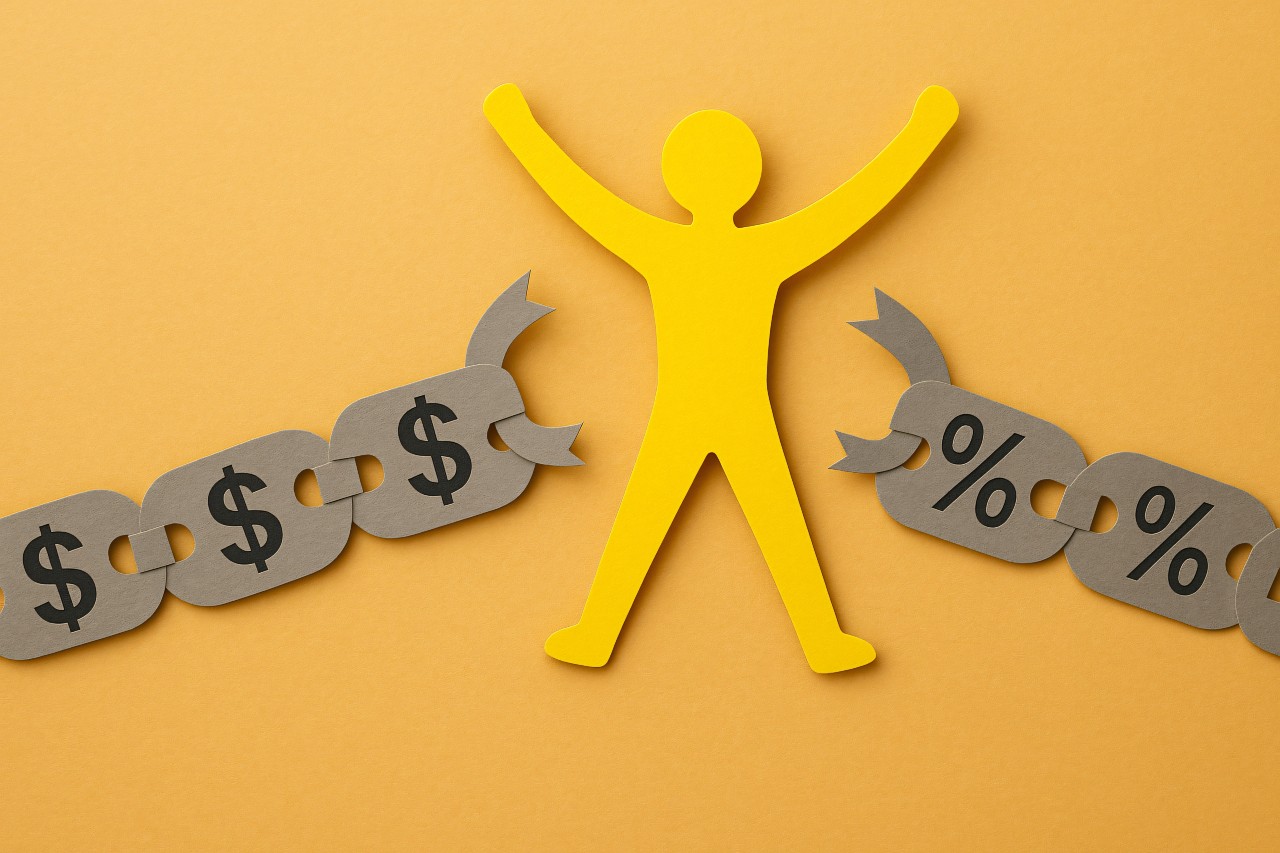As people across the country start preparing their income tax return, it’s important to check out if there are any changes this year. Money has been tight for many Canadians in recent times, with inflation and high interest rates making it harder. Avoid putting even more strain on an already tight budget. Read up on the deadlines, tax rule changes, and see which ones applicable to your situation so you can file properly. This way you won’t get slammed with an unexpectedly hefty tax bill. Who knows, the new tax rule updates could mean a bigger income tax refund.
When do you pay taxes?
There are a few important dates to remember during tax filing season.
February 19, 2024 – You can start filing your taxes from this day online. If you’re filing on paper, you should have received your tax package in the mail by this date.
April 30, 2024 – This is the deadline to file your tax return (for most Canadians). If you file on time, you will receive your refund, benefits, or credit on time. If you still owe taxes, this is also the deadline for paying it. By paying on time, you won’t have to pay late-filing penalties or any associated interest. Save on these fees and keep more money in your pocket.
June 15, 2024 – If you or your spouse/common-law partner are self-employed, this is the deadline for you to file taxes. This year, June 15 is a Saturday, so Canadians get a two-day bonus. The CRA will consider it filed on time as long as it was on or before June 17, 2024, i.e. the following Monday. If you owe taxes, the deadline for paying it is still April 30, 2024.
Additional deadlines
RRSP, PRRP, and SPP contributions have a deadline of 60 days after December 31st. For 2024, the last day to make an RRSP contribution towards your 2023 return is February 29, 2024.
Penalties for late payments
If you still owe a balance and don’t file your income tax return on time, you would be charged a late-filing penalty. This penalty is 5% of the unpaid 2023 balance at the deadline. There is also an additional 1% penalty for each full month that you file after the due date, up to a maximum of 12 months.
Just one more reason filing your taxes on time is a financially sound decision!
Important tax-related changes for 2024
Income-based taxes
Almost all Canadians will have to pay higher federal income taxes this year. This is due to the changes to Employment Insurance (EI) premiums and Canada Pension Plan (CPP) contributions. While it may decrease your take-home pay in the short term, it is expected to lead to long-term social benefits. This will also lead to an increase in EI payout amounts when someone needs to claim it, providing a stronger social safety net.
The annual increase in CPP, plus the newly introduced second level of contributions, will increase an annual CPP payment by up to $302 in 2024. This is due to an increase from the maximum of $3,754.45 in 2023 to a maximum of $4,045.50 in 2024. Due to employer match requirements, companies will also have to increase their CPP contributions by up to $302.
FHSA claims
Starting this year, taxpayers can claim deductions on the First Home Savings Account (FHSA). The FHSA is a type of tax-free account introduced by the government last year, in order to help Canadians trying to purchase their first home. The contribution limit is $8,000 annually, up to an overall contribution limit of $40,000.
Other changes
- The federal carbon tax is set to increase from $65 to $80 per tonne, starting April 1, 2024. This is applicable everywhere except Quebec.
- Federal, provincial, and territorial COVID-19 benefit repayments made in 2023 can be claimed as a deduction on line 23200 of your 2023 return.
- The temporary flat rate method for claiming home office expenses is not available anymore. CRA now has a more detailed method for making these claims, applicable from 2023 onwards.
- Notice of Assessments (NoA) have been improved to include updated RRSP information. These changes mean NoA and income tax return cheques will now be sent separately and take longer to arrive. If you’re short on cash and hoping to get a hold of your return quicker look into setting up direct deposit.
Updated Tax Brackets
The federal income tax brackets have been updated for 2024. The new tax rates and income thresholds are:
- 15% on the portion of taxable income below $55,867, plus,
- 20.5% on the portion of taxable income between $55,867 and $111,733, plus
- 26% on the portion between $111,733 and $173,205, plus
- 29% on the portion between $173,205 and $246,752, plus
- 33% on the portion above $246,752.
You can find more information on federal, provincial and territorial income tax rates here.
How Do Tax Brackets Work?
The tax bracket system applies a different tax percentage rate to income based on the amount. For example, federal taxes have a tax rate of 15% on the first $55,867 of taxable income. The percentage then increases based on the total taxable income amount.
If you earn $56,867, it means you are $1,000 over the first tax bracket. Your tax obligations would therefor be 15% on the first $55,867, plus 20.5% on the remaining $1,000. It does not increase your tax bracket for the full amount to 20.5%. Rather, the higher bracket applies only to the amount greater than the range for the previous bracket. Get an estimate of your tax return through our income tax calculator tool.
Manage your Taxes for Debt
If you’re struggling with debt, filing your income tax return may seem like another daunting thing to deal with. This may feel even worse if you end up owing more towards your tax payments. There are some ways you can save money when it comes to taxes too:
- If you’re eligible, get your taxes done at a volunteer clinic. It’s free, and the process takes around two weeks.
- Research all the deductions and credits, and make a note of which apply to your situation. Make sure you apply for everything that you’re eligible for. You may end up saving quite a bit, or getting more credits than you expected.
- Make sure you pay your taxes on time. The late penalties and fees can add up, so it’s better to stick to the deadlines.
- Check if you can claim any expenses, like child care expenses. If you’re eligible, you may end up saving a good chunk of change.
Tax Credits
Tax credits are claimable deductions that can reduce the amount of tax you must pay on your taxable income. Federal, Provincial, and Territorial governments each provide tax credits to lower taxes. These tax credits can be based on a variety of factors and situations, including income, expenses, education, expenses, family situation, and more.
Here are some of the tax credits available to Canadians:
- Canada Child Benefit
- GST/HST Credit
- Canada Dental Benefit
- One-time top-up to the Canada Housing Benefit
- Provincial and Territorial benefits
- Disability Tax Credit
- Climate action incentive payment
- Canada workers benefit
- Child disability benefit
- Canada caregiver credit
- Canada training credit
- Home accessibility tax credit
- Children’s special allowances
Check out the individual links for eligibility criteria, application instructions and more.
Tax Deductions
Tax deductions are eligible expenses that can be subtracted from your taxable income. Here are some of the most common tax deductions – check the links to see if you qualify.
- Pension Adjustment
- Child Care Expenses
- Disability Tax Credit
- Canada Workers Benefit
- RRSP Deduction
- Home Buyers’ Amount
- Moving Expenses
For a complete list of tax deductions, visit the Government of Canada’s website.
How do I file my taxes?
There are multiple ways to file your taxes. If you’re just starting out, you may want to look into professional advice. This may be educational, especially if you’re planning to claim credits or deductions on your income tax return. Here are some of the available options for filing your tax returns, so you can choose what fits you best. As always, do your research and make an informed decision. If in doubt, ask an expert for advice!
Certified Tax Software:
You can use CRA-approved tax software to calculate and file your taxes electronically. This can be done online through a computer or even a mobile device. This software can be free, though there are paid options. Any Canadian resident can use this method, which can take around two weeks to process.
Through a Representative:
You can complete your taxes through an expert, like an accountant. The cost for this method is based on who you file with. This method is viable for any Canadian paying taxes. Like tax software, this method takes about two weeks to process.
Community Volunteer Tax Clinic:
Numerous free tax clinics can complete your taxes. Because it is on a volunteer basis, this method is free. However, this method is only viable for Canadians with a modest income and a simple tax situation. This method also takes about two weeks to process.
Documents Needed for Tax Filing
When filing your income taxes, you’ll need specific documents. While only some documents are required, the more you claim, the larger your income tax refund will be.
Here are the main categories of documents you’ll need:
- SIN and other basic personal information
- Income T-slips like T4 and T5 slips
- RL-slips like RL-1, RL-2, and RL-3 slips
- Records of any other income, like self-employment
- Receipts for tax deductions, including medical expenses or charitable donations
- Data from past tax years, like Registered Retirement Savings Plan (RRSP) contribution limit
- The tax package sent by the CRA
How to increase your income tax return?
While paying taxes is a duty of every Canadian, saving on tax or getting a refund does tend to make folks happier! There are many ways to increase your income tax refund. This can make a big difference, especially if you have qualifying expenses or credits. Here are a few popular options:
Child Care Expenses – Claim a deduction if your child is under the age of 16 years old. You can claim childcare expenses like daycare centres or caregivers’ wages.
Charitable Donations – Partial deductions are available for some charitable donations.
Provincial and Territorial Credits – Often, Provinces and Territories have additional credits. Many of these apply to specific segments of the population. Check out the Government of Canada’s website for region-specific credits and find out if you’re eligible.
Self-employed Business Expenses – Small business owners can deduct various business expenses. For example, advertising costs, bank fees, office supplies, and travel expenses.
Are you struggling financially because you owe back taxes to the CRA? Our trained Credit Counsellors can help. Contact us to find out how we can help you get back on track with your finances.

